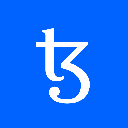-
 Bitcoin
Bitcoin $117900
-0.08% -
 Ethereum
Ethereum $3581
0.49% -
 XRP
XRP $3.422
0.21% -
 Tether USDt
Tether USDt $1.000
-0.04% -
 BNB
BNB $731.9
-0.29% -
 Solana
Solana $176.2
-0.40% -
 USDC
USDC $0.9998
-0.02% -
 Dogecoin
Dogecoin $0.2415
2.47% -
 TRON
TRON $0.3179
-2.34% -
 Cardano
Cardano $0.8258
1.08% -
 Hyperliquid
Hyperliquid $44.35
-0.26% -
 Stellar
Stellar $0.4619
1.37% -
 Sui
Sui $3.813
0.65% -
 Chainlink
Chainlink $18.30
2.60% -
 Hedera
Hedera $0.2675
3.06% -
 Avalanche
Avalanche $24.54
4.01% -
 Bitcoin Cash
Bitcoin Cash $513.8
-0.30% -
 Shiba Inu
Shiba Inu $0.00001489
1.14% -
 Litecoin
Litecoin $113.3
11.49% -
 UNUS SED LEO
UNUS SED LEO $8.980
0.07% -
 Toncoin
Toncoin $3.204
0.02% -
 Polkadot
Polkadot $4.357
2.78% -
 Uniswap
Uniswap $10.13
-1.09% -
 Monero
Monero $322.0
0.82% -
 Ethena USDe
Ethena USDe $1.001
-0.04% -
 Bitget Token
Bitget Token $4.901
1.01% -
 Pepe
Pepe $0.00001340
2.32% -
 Dai
Dai $0.0000
0.00% -
 Aave
Aave $317.5
-2.58% -
 Cronos
Cronos $0.1206
2.15%
Does the Lightning Network support multi-signature wallets?
The Lightning Network doesn't natively support multi-signature wallets, but clever routing and channel management can achieve similar security. However, this adds complexity, demanding careful planning and potentially requiring specialized tools.
Mar 15, 2025 at 10:06 pm
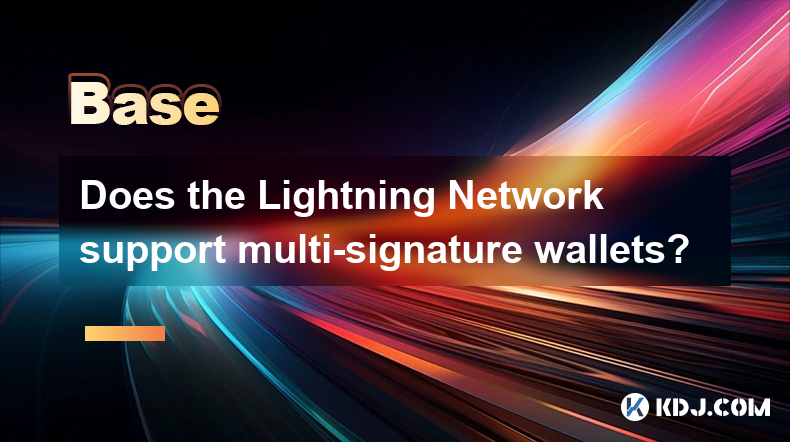
Key Points:
- The Lightning Network itself doesn't directly support multi-signature wallets in the way that, say, a standard Bitcoin wallet does.
- Integration with multi-signature wallets is possible through clever routing and channel management techniques, but it's not a native feature.
- The complexity and security considerations involved in combining Lightning Network and multi-signature wallets require careful planning and understanding.
- Several projects are exploring ways to improve compatibility and offer more user-friendly solutions.
Does the Lightning Network Support Multi-Signature Wallets?
The Lightning Network (LN) is a layer-2 scaling solution for Bitcoin, designed to facilitate fast and cheap transactions. Multi-signature (multisig) wallets, on the other hand, enhance security by requiring multiple signatures for transaction authorization. While the two technologies are distinct, the question of their compatibility arises frequently. The simple answer is: not directly. The Lightning Network's core protocol doesn't natively integrate with multisig wallets in the same manner that a standard Bitcoin wallet would.
The Lightning Network operates on the principle of opening and managing "channels" between participants. These channels allow for off-chain transactions, improving speed and reducing fees. A multisig wallet, however, manages funds using multiple private keys, requiring several individuals to authorize transactions. Direct integration would require a fundamental alteration to the LN's architecture.
However, this doesn't mean that combining the two is impossible. Sophisticated routing strategies and careful channel management can achieve a similar effect, albeit with added complexity. For example, a multisig wallet could control the funding transaction for a Lightning Network channel. This means that multiple parties must agree before the channel is funded, thus replicating a multisig functionality.
This approach introduces new challenges. Coordinating multiple parties to manage a Lightning Network channel adds complexity and requires robust communication protocols. Furthermore, issues like channel closure and dispute resolution become more intricate. The technical implementation demands a deep understanding of both the Lightning Network and multisig concepts.
Several projects are actively working on bridging this gap. Some are exploring ways to build multisig-compatible Lightning Network nodes. Others are developing user-friendly interfaces that abstract away the complexities, allowing users to interact with multisig wallets through the Lightning Network without needing to understand the underlying mechanics. These developments are crucial for increasing the adoption of both technologies.
How can I use a multisig wallet with the Lightning Network?
Currently, there isn't a single, seamless solution. The methods involve using more advanced techniques, often requiring technical expertise. One method might involve using a multisig wallet to control the funds used to open a Lightning channel. All parties holding keys to the multisig wallet would need to agree to fund the channel. Managing the channel itself would then involve coordinating actions between these parties. This approach is complex and requires careful planning and coordination among all parties involved. It's not a straightforward plug-and-play solution.
Another approach involves using a custodial service that handles the complexity behind the scenes. This solution offers greater ease of use but sacrifices some control over your funds. It's important to carefully vet any custodial service you consider using.
What are the security implications of using multisig wallets with the Lightning Network?
Combining multisig and Lightning Network adds layers of security, but also introduces new vulnerabilities. The security of the system depends heavily on the secure management of all private keys involved in the multisig wallet. Loss or compromise of any key can lead to significant financial loss. Furthermore, the coordination required between parties managing the channel could be a point of failure. Any communication channels used to coordinate channel actions must be equally secure.
What are the limitations of using multisig wallets with the Lightning Network?
The major limitations stem from the added complexity and coordination required. Managing channels becomes more difficult, and resolving disputes becomes more involved. The user experience is significantly more complex than using a standard single-signature wallet with the Lightning Network. Finding user-friendly tools and interfaces is also a challenge at this time.
Are there any specific projects working on integrating multisig and Lightning Network?
While no single, dominant project completely solves the problem, several initiatives are exploring various approaches. Researching specific projects focused on Lightning Network improvements and multi-signature wallet integration will uncover ongoing developments in this area. These efforts often involve developing new protocols or user interfaces to improve usability and security.
What are the future prospects for multisig support on the Lightning Network?
The future likely holds improved integration and more user-friendly solutions. As the technology matures, we can anticipate more robust tools and interfaces that simplify the process of using multisig wallets with the Lightning Network. This will likely involve further development of underlying protocols and the creation of more intuitive user experiences. However, complete native support remains a long-term goal, requiring significant advancements in the core Lightning Network protocol.
Disclaimer:info@kdj.com
The information provided is not trading advice. kdj.com does not assume any responsibility for any investments made based on the information provided in this article. Cryptocurrencies are highly volatile and it is highly recommended that you invest with caution after thorough research!
If you believe that the content used on this website infringes your copyright, please contact us immediately (info@kdj.com) and we will delete it promptly.
- XRP Mining, the GENIUS Act, and Coin Holders: A New Era?
- 2025-07-20 06:30:12
- Arctic Pablo Coin: Navigating the Icebound Estates Presale and Token Burn Strategy
- 2025-07-20 06:30:12
- Arctic Pablo Coin's Myth-Themed Presale: Icebound Estates and Beyond!
- 2025-07-20 06:50:12
- Snorter Token's Presale Success: Riding the GENIUS Act Wave in the Crypto World
- 2025-07-20 06:50:12
- PENGU Token's Breakout Momentum: Riding the Wave in a Bearish Market
- 2025-07-20 07:10:12
- Crypto's 100x Hunt in 2025: Beyond the Hype
- 2025-07-20 07:10:12
Related knowledge

What is the Inter-Blockchain Communication Protocol (IBC)?
Jul 19,2025 at 10:43am
Understanding the Inter-Blockchain Communication Protocol (IBC)The Inter-Blockchain Communication Protocol (IBC) is a cross-chain communication protoc...

How does sharding improve scalability?
Jul 20,2025 at 01:21am
Understanding Sharding in BlockchainSharding is a database partitioning technique that is increasingly being adopted in blockchain technology to enhan...
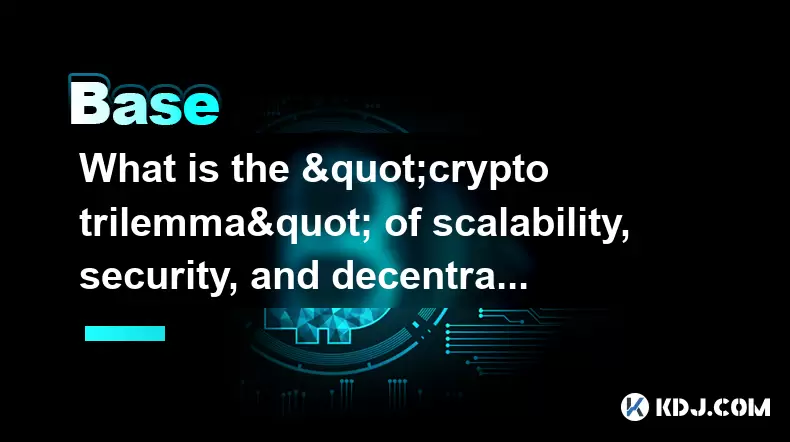
What is the "crypto trilemma" of scalability, security, and decentralization?
Jul 19,2025 at 06:28pm
Understanding the Concept of the Crypto TrilemmaThe crypto trilemma refers to the challenge of simultaneously achieving scalability, security, and dec...
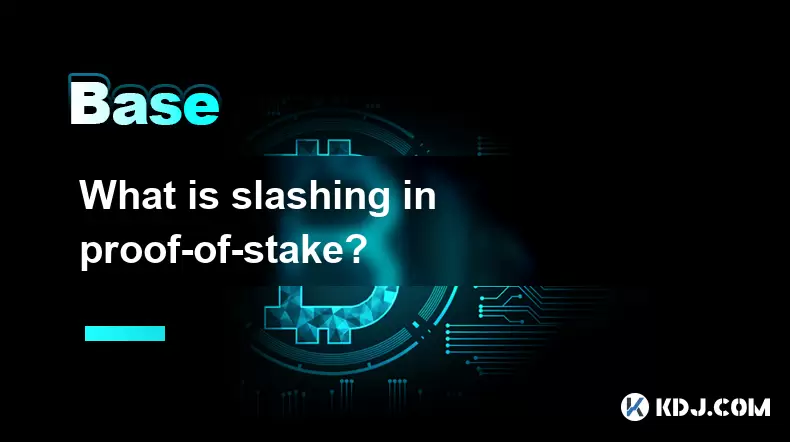
What is slashing in proof-of-stake?
Jul 20,2025 at 06:07am
Understanding Slashing in Proof-of-StakeIn a Proof-of-Stake (PoS) blockchain network, slashing refers to the penalty mechanism used to deter validator...
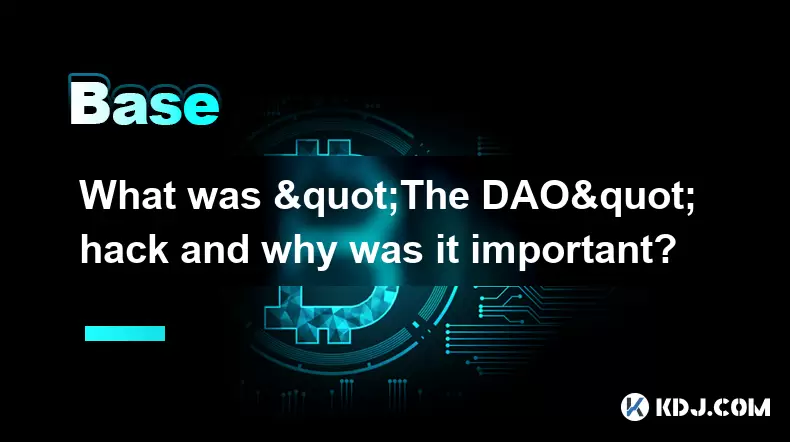
What was "The DAO" hack and why was it important?
Jul 19,2025 at 09:08pm
Background of 'The DAO''The DAO' (Decentralized Autonomous Organization) was a venture capital fund built on the Ethereum blockchain, launched in Apri...
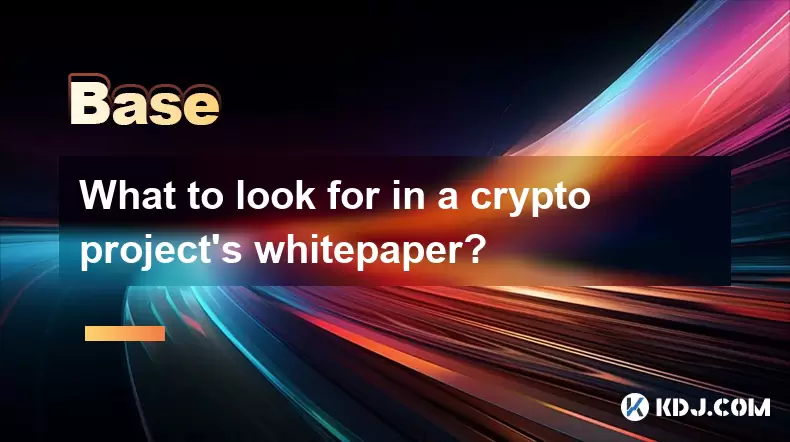
What to look for in a crypto project's whitepaper?
Jul 19,2025 at 01:42pm
Understanding the Purpose of a WhitepaperA whitepaper is a foundational document for any cryptocurrency project, often serving as the first point of c...

What is the Inter-Blockchain Communication Protocol (IBC)?
Jul 19,2025 at 10:43am
Understanding the Inter-Blockchain Communication Protocol (IBC)The Inter-Blockchain Communication Protocol (IBC) is a cross-chain communication protoc...

How does sharding improve scalability?
Jul 20,2025 at 01:21am
Understanding Sharding in BlockchainSharding is a database partitioning technique that is increasingly being adopted in blockchain technology to enhan...

What is the "crypto trilemma" of scalability, security, and decentralization?
Jul 19,2025 at 06:28pm
Understanding the Concept of the Crypto TrilemmaThe crypto trilemma refers to the challenge of simultaneously achieving scalability, security, and dec...

What is slashing in proof-of-stake?
Jul 20,2025 at 06:07am
Understanding Slashing in Proof-of-StakeIn a Proof-of-Stake (PoS) blockchain network, slashing refers to the penalty mechanism used to deter validator...

What was "The DAO" hack and why was it important?
Jul 19,2025 at 09:08pm
Background of 'The DAO''The DAO' (Decentralized Autonomous Organization) was a venture capital fund built on the Ethereum blockchain, launched in Apri...

What to look for in a crypto project's whitepaper?
Jul 19,2025 at 01:42pm
Understanding the Purpose of a WhitepaperA whitepaper is a foundational document for any cryptocurrency project, often serving as the first point of c...
See all articles




















































